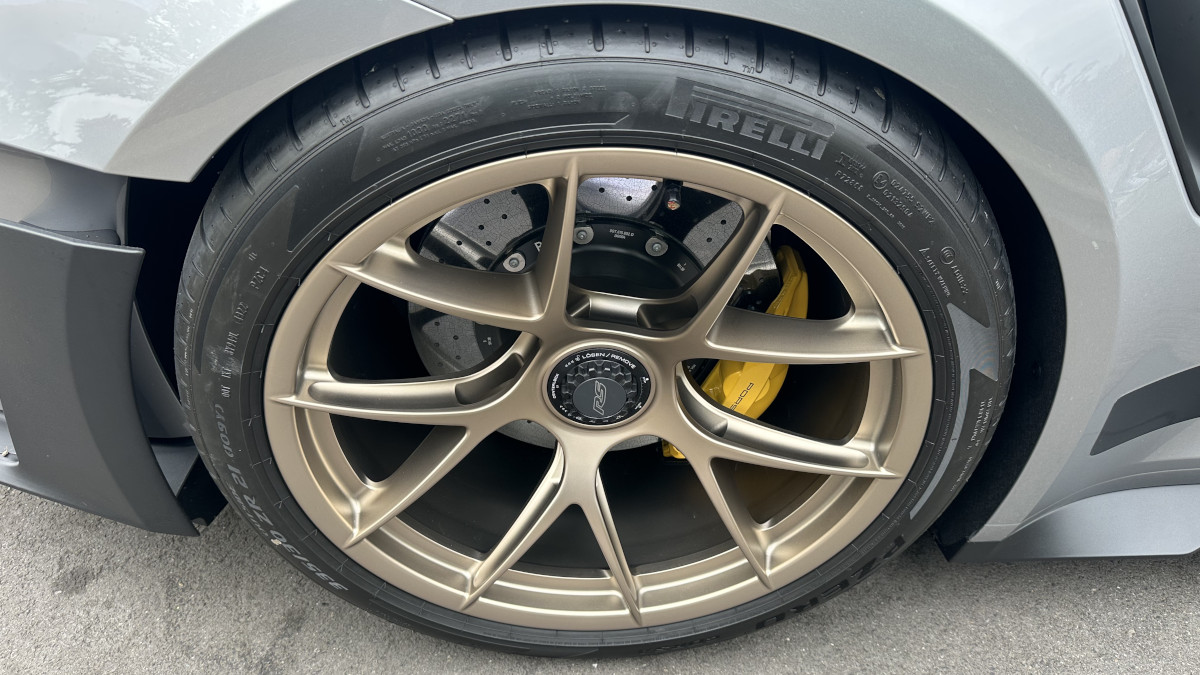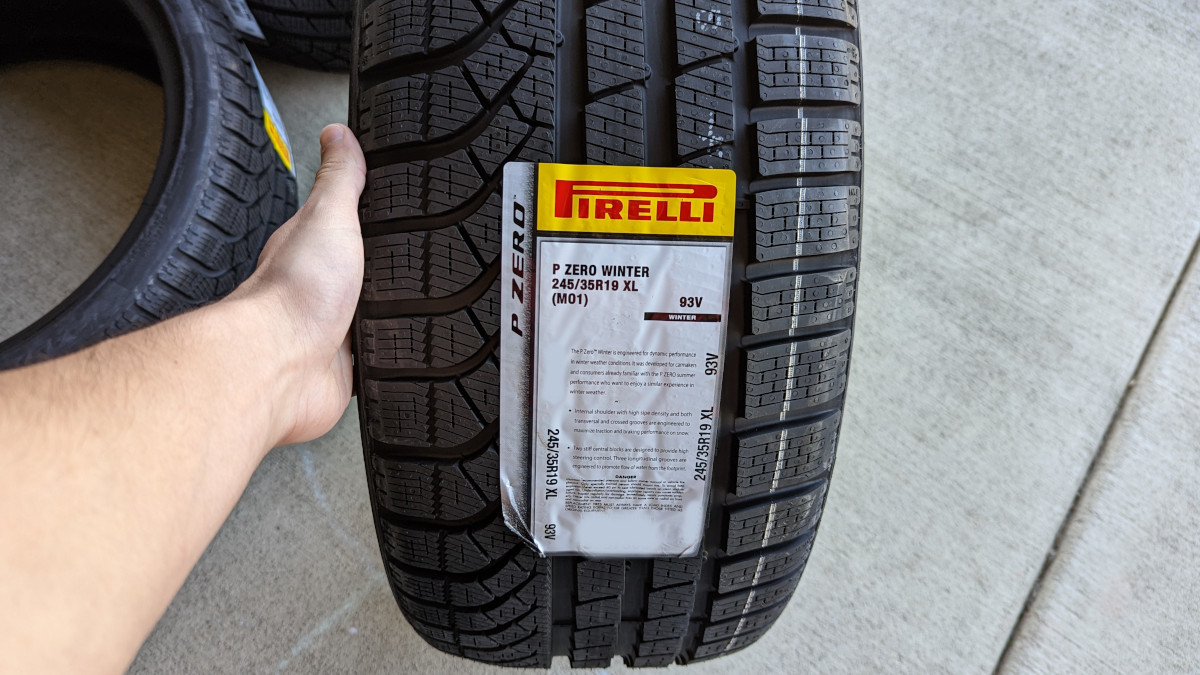Grab all-season, winter, or all-weather tires when you start to see colder weather.
If you have a sporty car that’s pretty fast, chances are good you’ve put summer tires on your vehicle at some point. Summer performance tires are awesome – they can deal with rain and they corner harder than anything shy of a slick. However, there are some serious drawbacks to summer tires that you should be aware of as we head into winter.
This is a bit of a PSA to any enthusiasts out there who like to run summer tires for autocross, track days, or even just some spirited twisty roads. Even if you don’t consider yourself a car enthusiast, all-weather tires are worth checking out. They are grippier than most all-season tires.
Why Are Summer Tires Dangerous in the Cold?
Summer tires use a rubber compound that is designed for warmer weather. As soon as the weather drops below 40 degrees Fahrenheit (about 4 degrees Celsius), the tire compound starts to get really hard. This hardening of the tire is called the glass transition.
The actual glass transition temperature varies for each tire. Every tire has one, but a summer tire has a much higher glass transition temperature than a winter tire (or even an all season tire).
In other words, hard tires do not grip very well. They are not as compliant and they are less likely to conform to the shape of the asphalt on the road. Cold summer tires also become brittle and can even chip or crack under load.
What Tire To Run Instead
If you have a sports car, you might be asking yourself what type of tire you should run instead of a summer tire, while still maintaining as much lateral grip as possible. I certainly asked this question. You have a few options, each with different tradeoffs.
Ultra High Performance All-Season Tire (or Grand Touring Tire)
An ultra high performance all season tire is similar to a summer tire, but trades cold weather performance for dry grip. This is a very reasonable tradeoff, especially since most roads are too cold or wet to do much spirited driving in the wintertime anyway.
This tire may be appropriate in an area that rarely if ever sees snow, such as Oregon or California. You will likely want to pass on these if you need to drive through snow regularly.
Winter Tire
A winter tire is designed for heavy snow, slush, and ice. There are two main types of winter tires: studded and studless. Studless winter tires are good for areas that see intermittent snow, but may receive heavy snowfall at some point during the year.
Choose a winter tire if you regularly see deep snow or if you like to hit the ski slopes during the wintertime. If you live in Alaska or a similar area that sees constant snow through the winter, you may want studs. Otherwise, studs will tear up bare pavement and you should probably opt for studless instead. An example of a winter tire is the Bridgestone Blizzak.
All-Weather Performance Tire 
An all-weather performance tire is like a hybrid between a summer tire, a winter tire, and an all-season tire. Although the “all-weather” designation is not an official classification in the United States, this is a term you see used in Europe often.
All-weather performance tires are tires that maintain a high degree of wet and dry road performance while also providing you with the three-peaked snowflake on the sidewall. This designates the tire as a traction tire in the United States.
All-weather tires are truly the jack of all trades, with the only downside being a shorter tread life. Keep in mind that when a tire wears out, that means it’s doing its job to hold you to the road. An example of an all-weather performance tire is the Pirelli P Zero Winter.


WOW THERE A LOT TO LEARN HERE AND IT TEACH A LOT ABOUT CARS